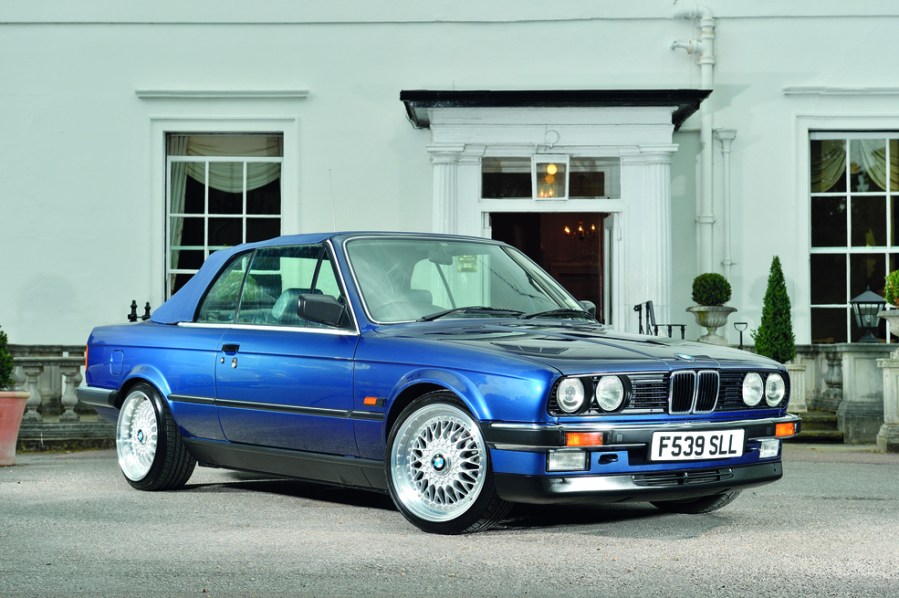We pop a Duran Duran cassette into the Alpine deck and consider five legends of the decade which brought us the modern era of motoring.
BMW E30 3-SERIES
The original 3 Series – the E21 – wasn’t a bad effort but not really that inspiring. It was a decent solid effort that one magazine called ‘an upmarket Cortina’. Harsh? Well, it was well made, smooth and quiet but nothing an Opel Ascona couldn’t sort out and the 1982 Sierra comfortably beat it in most respects.
The E30’s popularity may have been an accident. BMW was still a fairly small company back then and decided wisely not to rock the boat but to do a conservative tidy-up job on the previous ‘E21’ generation.
Almost nothing was carried over and at first glance even the styling looked similar. But look again. The older car suffered the same droopy tailed look as the first-generation 5-Series and the slab-sided 7-Series and it looked a bit tubby in the middle. The E30 was much leaner and distinctly wedge-shaped from nose to tail. Big rear lights, the number plate between the rear lights, small headlights and some delicious detailing meant that the E30 had that indefinable rightness that its predecessor lacked.

The 323i was slightly slower than the previous model due to a 4 bhp deficit (righted in late ’83 with an extra 11 bhp) but the 320 was now a 320i with injection and some proper toys were on offer: electric windows and central locking are just two.
The E30’s launch in March 1983 coincided with a general optimism in the UK that saw Mrs Thatcher returned to power in a landslide victory in June. Later in ‘83 a four-door arrived, the 323i became a 325i in 1985 and the 325i Sport arrived in ‘86 to boost a range of well made, good to drive cars from what was by then a serious prestige car maker.
The E30 was the perfect package, a car for all people and rivals had no answer and certainly nothing mainstream or even a Mercedes 190E – nice enough but a small version of the car your Dad drove. You could kid yourself a Cavalier SRi was just as good but you knew it wasn’t. You’ve either got it, or you haven’t.
CHEAP: It’s hard to find anything that isn’t scrap for less than a grand now. Maybe 318i restoration projects but definitely no 325i’s as they’ve long gone.
EXPENSIVE: The best 325i Sports are making 15 to 20 grand now and for that you’ll need a proper inspection. It should net you a low mileage garaged pearl or a superb restoration.
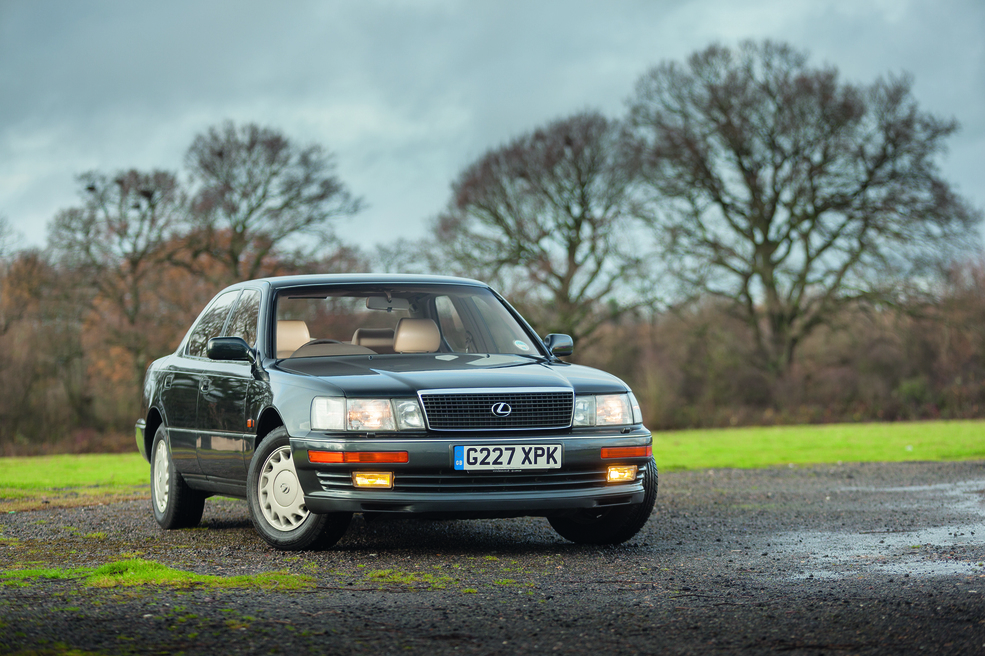
LEXUS LS400
In 1989, German car manufacturers (and Jaguar) knew that a new big Toyota was on the way. This time it was going to be a serious effort but really, how good was it going to be? BMW and Mercedes were busy developing new stuff: V8 engines for the three-year-old 7-Series and Benz were developing a new S Class to replace the ancient W126.
Then the LS400 arrived, and rewrote the rule book for luxury cars. Some called it bland, I’d call it a Merc-a-like with much better proportions and typical Japanese detailing. The velour trim on Toyotas looked like synthetic mouse fur so we all had leather. Standard equipment was the usual air, electric this and that and being Toyota, it worked perfectly and simply. But it was the way it drove that sent the Germans back to the drawing board, quite literally in one case.
The 4-litre quad-cam V8 was quiet and superbly powerful. It would slaughter a 735i, equal a 500SEL and use less fuel than either. The XJ40 suddenly looked very old and the 3.6 couldn’t compete.
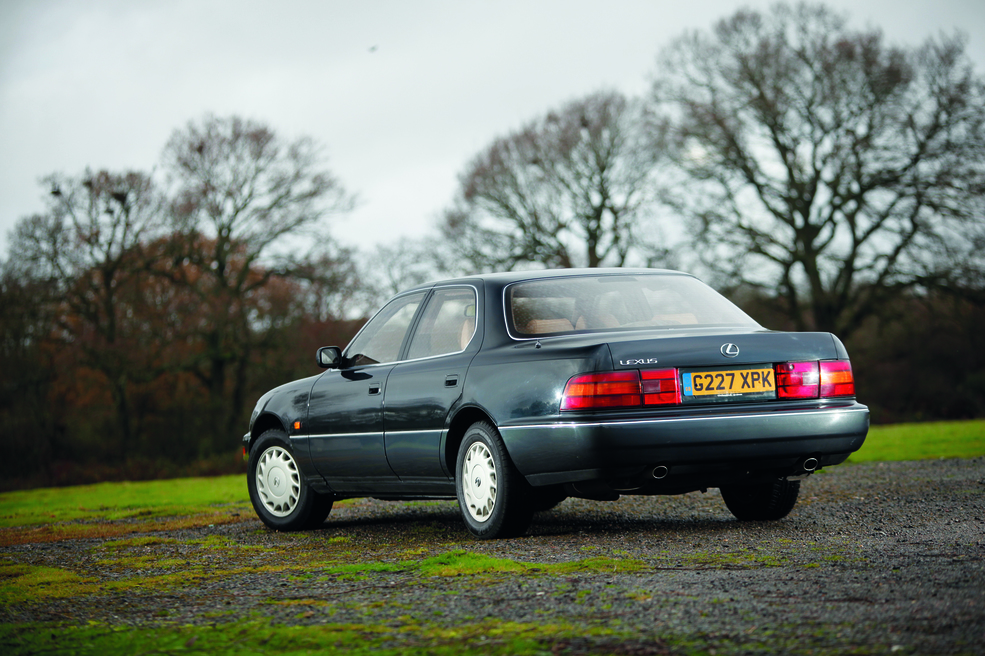
The V12s? They were obsolete overnight. Add the new automatic box and here was the power unit and drivetrain to beat. And more was to come. Mercedes and BMW couldn’t really match the ride of the Jaguar, and then the new kid in town comprehensively outrode the XJ40, leaving the 7-Series trailing.
The Mercedes was now a dinosaur and so far ahead of the pack was the LS400, that Mercedes looked again at the forthcoming W140 and knew it wasn’t good enough, initiating a redesign in certain areas. Even at launch, the W140 wasn’t massively better and it was a lot more money despite not enjoying the Lexus’s reliability.
The LS400 put the wind up luxury cars makers good and proper, a handsome big car that defined what a luxury car should be about and that isn’t Nürburgring lap times. An exceptional car.
CHEAP: LS400’s are still in the old banger phase sadly. Many are actually used as bangers so you’ll find plenty of working ones for 500 quid. Tragic.
EXPENSIVE: Again, they’re not sought-after yet and four grand will buy something exceptional. Buy now whilst stocks last?
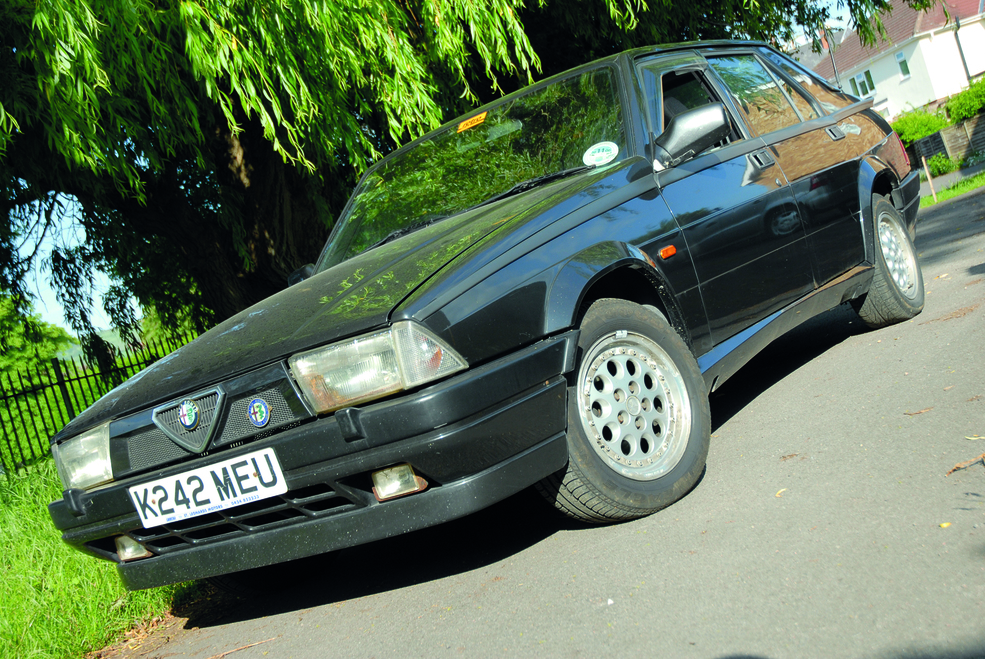
ALFA 75
The Alfa 75 was the last effort from the Milanese firm before Fiat took over, the final throw of the dice from a cash-strapped company. On the face of it, a 1986 car based on a chassis that first saw the light of day in 1972 using doors from a 1977 car and with an engine that had been in production since the mid-’50s wasn’t going to cut it. But it did because it was designed by chain-smoking, arm waving Italians who did the exact opposite of BMW.
Designed on a very small budget, the 75 was based on an updated version of the Alfetta floorpan that was carried over to the 1977 Giulietta, the car that the 75 replaced and whose doors it shared – cleverly disguised by the thick body mouldings along the side.

Under the bonnet of UK cars was either the ancient – but still fabulous and competitive – 1.8 twin cam on a pair of 40DCOE Webers (or Dellortos) or the 160 bhp 2.5 V6 from the dead Alfa 6 saloon. Work on the gearchange eased the Alfetta’s clunky gearshift and chassis work improved it but it was in trim and assembly that the 75 marked a big improvement. The interior – even with the ludicrous roof-mounted electric window switches – was a giant leap forward for Alfa and the new welding and paint processes meant that the 75 wasn’t a rust bucket like its predecessors. Five, six and seven years passed and D-registration 75’s still weren’t rusted out.
Initial sales were slow in the UK (but not in Italy), but were rescued by the 1987 2.0 Twin Spark and 3.0 V6. Here at last were two Alfas that really stood toe to toe with BMW, examples of fine engineering that brimmed with character and were surprisingly reliable. The final 75s were registered in 1992, just as the 155 replacement arrived. The 155 had some redeeming features but its Fiat roots were all too evident and it was a let down after the lovely 164 – another Alfa that was very much better than you’d think.
CHEAP: These are rare cars now so finding one for sale can be tricky. 1.8 and 2.5 cars are all gone so pay a grand for a restoration project 2.0 Twin Spark.
EXPENSIVE: These are so rare that none were for sale in the UK when we looked. In Europe, a nice one is ten grand.
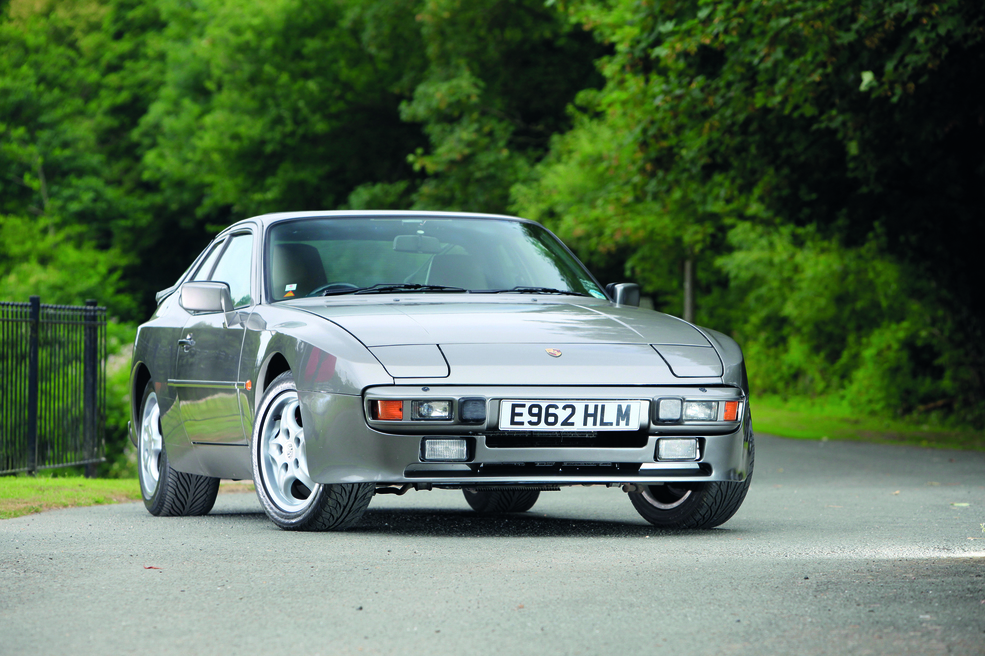
PORSCHE 944
Porsche’s problem was that like VW with the Beetle, it had relied on the 911 for too long and not fully replaced it in the mid ’70s. That meant it had become too popular, and almost the very image of Porsche itself even though cars like the 928S and 924 Turbo were probably better cars overall.
The 944 was the logical evolution of the 924, the wide-arched version which added steroids to the slightly effete 924 and, with the new 2.5 engine, rid it of the ‘VW van engine’ stigma even though the 924’s unit was more Audi 100 than Wolfsburg commercial.
The 944 was part of the Porsche plan to replace the 911 which was still a good seller but which was approaching 20 years old, was expensive to make and was likely to drop in popularity very quickly if something new and better came along.
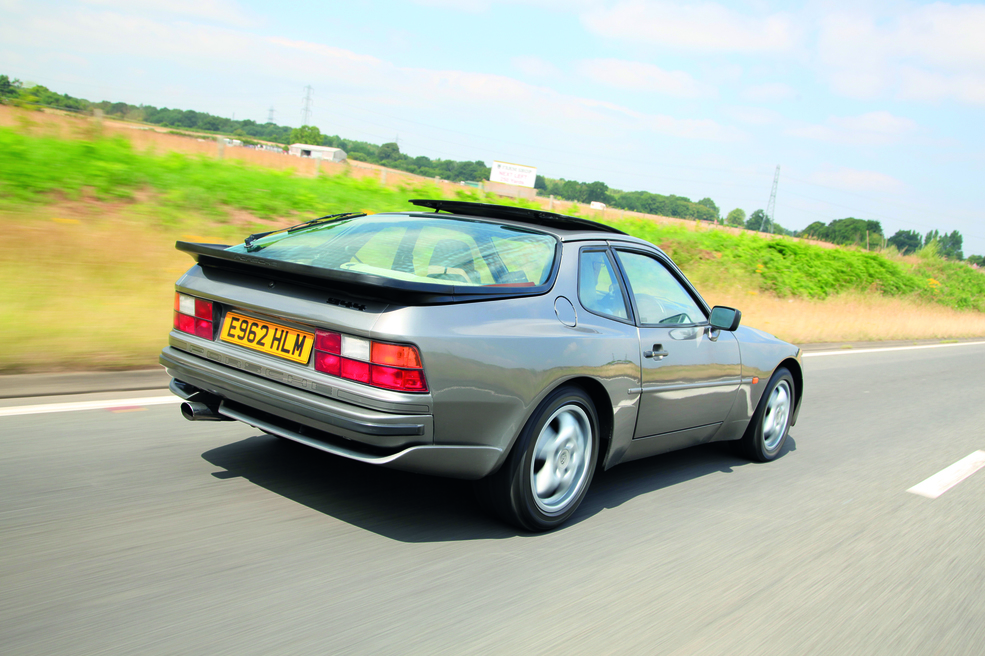
The 928 had a sluggish start, boosted by the 928S in 1979 but it still wasn’t doing the numbers and the 924 was profitable, sold well but was ripe for improvement.
The 944 arrived in 1982 to critical acclaim. The 924’s already excellent handling was further improved and the new balancer shaft slant four engine – based on the 928S V8 and sharing many parts – was well liked. The 944 would be built until 1991, encompassing later 2.7 and 3.0 versions, the stonking 944 Turbo and revvy 16-valve 944S. The 944 was a great Porsche and it showcased what they did best. It was great looking, drove and performed well and was reliable as well as being attainable. However, Porsche did keep the 911 going when it became clear that demand was not going to evaporate and the 944’s replacement – the facelift 968 version – was phased out in 1994, thus bringing to an end the front-engined Porsche sports car.
CHEAP: We found a dog-rough but complete and original 1984 2.5 Lux for just £750 online, but cheap ones are thinning out now. £1500 is more like it for a project.
EXPENSIVE: £25,000 is what you’ll need to find for a perfect low mileage Turbo. Still half what a slower 911 of the same age costs.
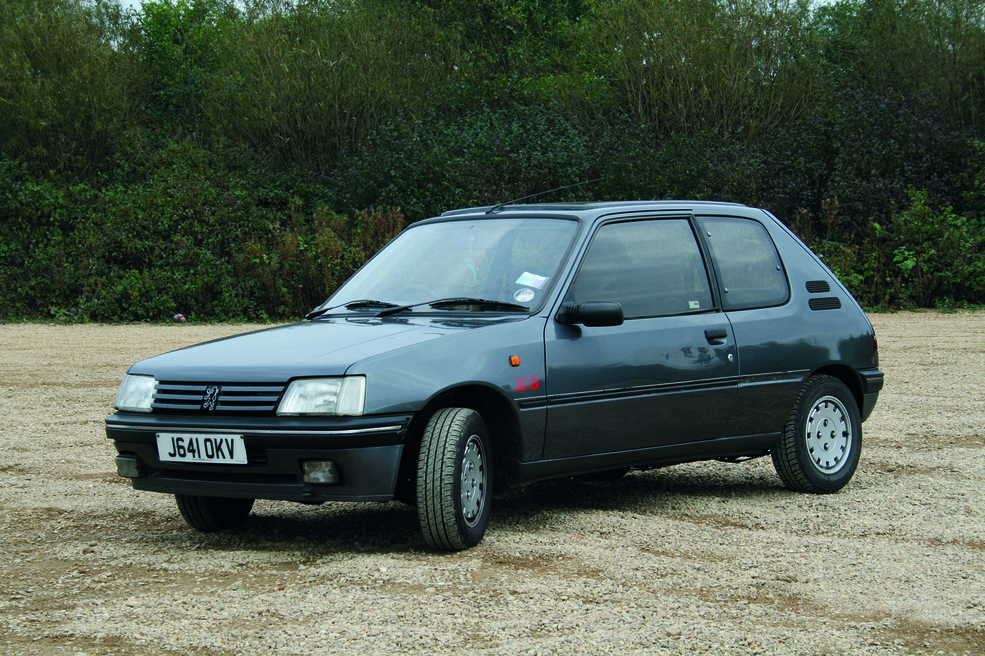
PEUGEOT 205
Hang on, there are three letters missing off the end. We meant the GTi, right? Well, not really. The 205 GTi was indeed a great car and now a very expensive one but it formed a small part of a range of epically good cars. Until 1983, the small car scene consisted of the very average Fiesta (not a bad car but basic, noisy and not that good on fuel), the Talbot Samba and Peugeot 104 (almost the same car), the bread van Polo (worthy but so dull to drive) and the Austin Metro.
The Metro wasn’t a bad shout as a new car and in 1983, they weren’t old enough to be decomposing plus they were much sweeter to drive than the coarse Fiesta and iffy quality aside, it was a pretty good small car that was roomy, good to drive and generally pleasant all round.
Then the Fiat Uno arrived – a very worthy effort that should have put the Fiesta put of business – followed by the Vauxhall Nova that was an incredibly neat car that was well built and a hoot to punt around, especially in 1.3 SR form.
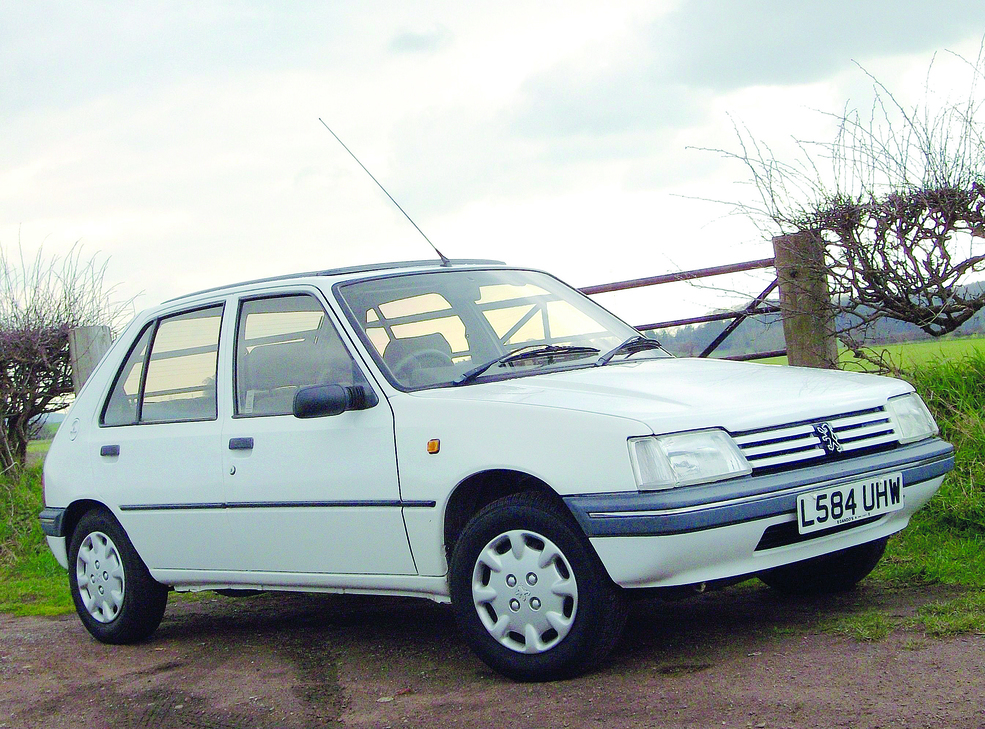
But it was the Peugeot 205 that did the business and moved the small car game along by ten years: that’s how long it took for the competition to catch up and build a decisively better small car and even then by the slimmest of margins. By the time the 205 left production in 1998 (UK sales ended in 1996) there were many better cars out there but if we rewind to 1994? Rover 100? No. Mk3 Fiesta? Not a chance. Fiat Punto? Yes, a very good effort. VW Polo? Yes, a definite contender and a fine drive too. Micra? No. Starlet, ditto. So even 11 years after its launch, the 205 had serious competition but it was still a car you could buy new and know that you couldn’t really do a lot better. That’s how good it was.
Early ones in beige with the grey bumpers and the whiney ‘suitcase’ engine and gearbox may not seem very exciting, but with the superb suspension, steering and ride (still relevant today) it could put up some astonishing cross country times in the right hands and the combination of this, the styling and its dogged resistance to rust meant that it was probably Peugeot’s high water mark.
Some 5.2 million 205s were built in 15 years. Not a bad effort really and its popularity meant that its successor – the 206 – sold 8.3 million units in 12 years.
CHEAP: A grand will buy a very decent regular 205. It’ll be a 1.1 five door or whatever, but will be useable and the diesels are worth having.
EXPENSIVE: £20,000 is what some hopefuls ask for a really mint 1.9GTi, but you can buy a low mileage example for half that.

